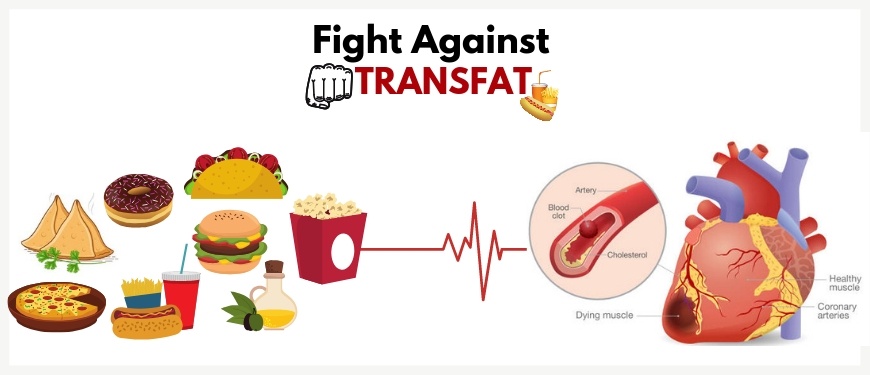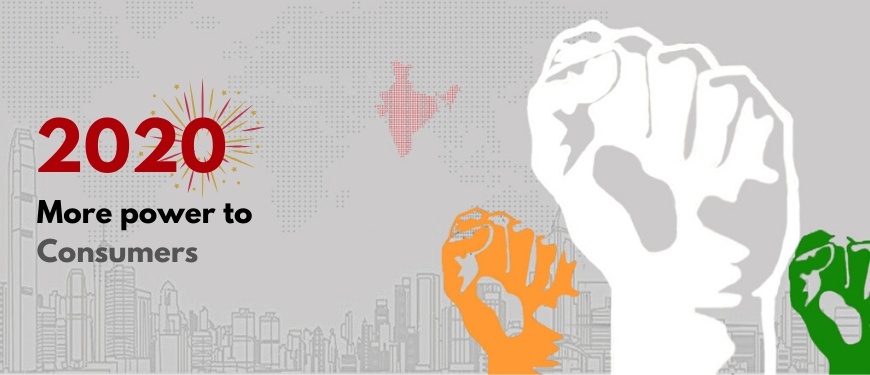
Is India ready for E-commerce?
Is India ready for E-commerce?


BY ASHIM SANYAL, COO CONSUMER VOICE
Driven by the rising smart phone penetration, the launch of 4G networks and increasing consumer wealth, the Indian e-commerce market is expected to grow in leaps and bounds in the near future. But is India e-commerce ready?
Ecommerce can change the economies of the developing nations like India. It can integrate Indian markets to the global market which in turn improves and strengthens the economic growth. However, Ecommerce in India is in its early stages and there are also major challenges that can hold back its growth despite this being the area of stupendous growth as often quoted. In fact it is still at a nascent stage with neither the market being stable nor the policies or regulations in place.
Ecommerce as a way of doing business is a new concept for Indian families. People usually buy and sell on face-to-face basis. Indians want to feel and see the product that they want, negotiate on best deals face to face, and buy. This is the type of business activity we are familiar with, which is entirely different from online way of doing it. The idea of buying goods and services virtually is not the type of risk Indians are ready to accept easily. They are also not confident whether online merchants are trust worthy enough to deliver products and services as promised. This process of slow acceptance through small trials with “Payment on Delivery” as a unique method has taken a huge toll in its natural fast growth.
On the other hand, merchants as well are afraid to sell their products over the Internet. Considering the lack of online buying habits of the society, and because of the reason that electronic way of doing business is not well-known, they think it is a high business risk to take. They usually are not willing to invest on online ventures. Thus both these hamper the growth of Ecommerce in India. Basically, “trust” is a major issue in online business environment and because there are no Ecommerce policies and laws in India both sellers and buyers have absolutely nowhere to go in case of disputes.
Ecommerce also requires a strong technological foundation. One of the major ones is access to the Internet. To run an online business one needs an Internet connection with stable and high connection speed. However, mostly the Internet connection is very limited and slow. Besides, the cost of possessing it is high. Another major technological facility Ecommerce needs is personal computers. Possessing computers is expensive which is another major challenge for the growth of Ecommerce. Banking is another major facility needed to do Ecommerce. And in most cases, lack of this major facility is a big barrier both for the seller and the buyer. Ecommerce can survive only if online payment systems are used as a mode of payment and not COD which is not cost effective.
Most importantly, to do Ecommerce, perfect legal system and policy is required. This is a basic requirement which gives space to both buyers and sellers. Without them it is impossible to do online business. However, India still has a long way to go before it has all the systems in place. Though the growth of Ecommerce has been at a fast pace, the government has not acted fast as a facilitator and left this vacuum of Ecommerce policy framework.
The perfect co-operation of government, professionals, online merchants, banks and customers is a must to see an Ecommerce boom through trust and faith. If they can work together and collaborate, they can fully avoid all the above mentioned obstacles and can benefit the nation from the outputs of Ecommerce economy.
For other articles by Consumer VOICE COO’s Desk, click here





